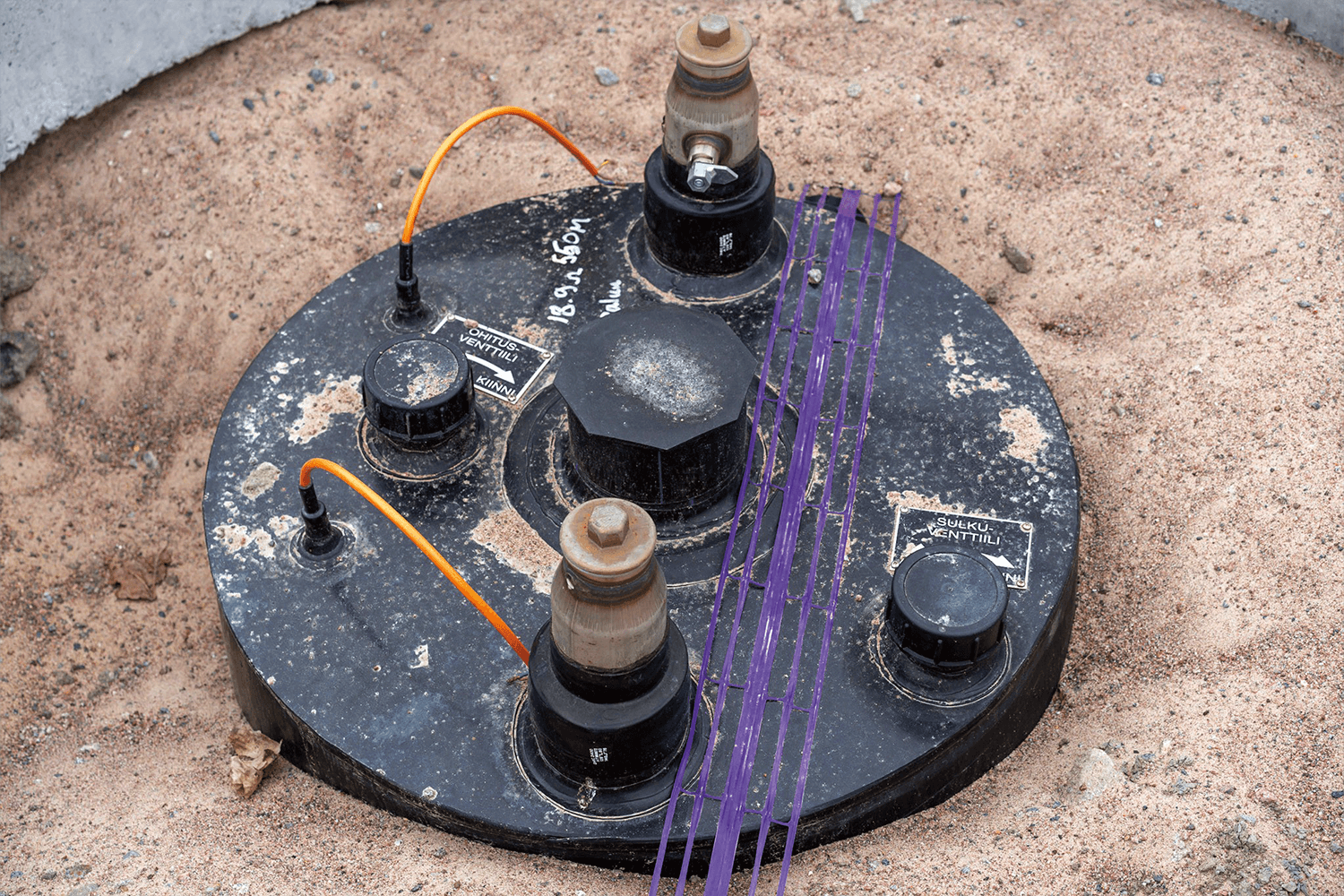Big savings with network monitoring
Vexve Oy is the world's leading supplier of district energy valve solutions and represents the highest Finnish expertise in its field.

Vexve Oy is the world's leading supplier of district energy valve solutions and represents the highest Finnish expertise in its field. The company offers smart and reliable solutions for the heating and cooling needs of modern cities and industry.
Vexve’s one of the most significant innovations in recent years has been the iSENSE smart monitoring solutions product family, which has enabled energy companies to achieve significant savings and strengthen the supply security of Finnish district heating.
Fortum Power and Heat Oy introduced Vexve's iSENSE Pulse leakage detection system for its transmission line from the Kivenlahti biopower plant in Espoo. To operate, the system requires alarm wires inside the insulation that are connected to the iSENSE Pulse Smart Unit. During, the construction, the system was supervised by Timo Nousiainen, a Design Engineer from Caverion.
“The cost of installing the alarm wires is negligible compared to the savings that can be made when leakages are detected at an early stage. By using a leakage detection system, the payback time for the alarm wire investment is really short,” says Timo Nousiainen.
iSENSE Pulse’s operation is based on pulse measurement. Leakage detection happens through the interpretation of pulse reflections and localization through travel time of the pulse. Compared to the old measurement technology, the continuous, once-a-day measurement data obtained with iSENSE Pulse is accurate and enables taking proactive measures to extend the life of the network.
"iSENSE Pulse leakage detection system also works well for the warranty leakage monitoring, so that the problem areas identified during the installation phase can be located quickly and repaired during the warranty period of the pipeline," concludes Timo Nousiainen.
Related brochures:
- Smart monitoring solutions for district energy networks
- Efficiency and reliability for district energy networks